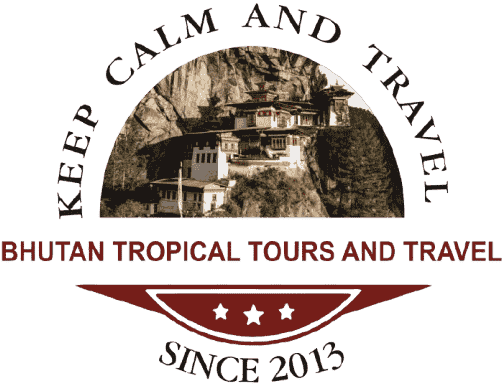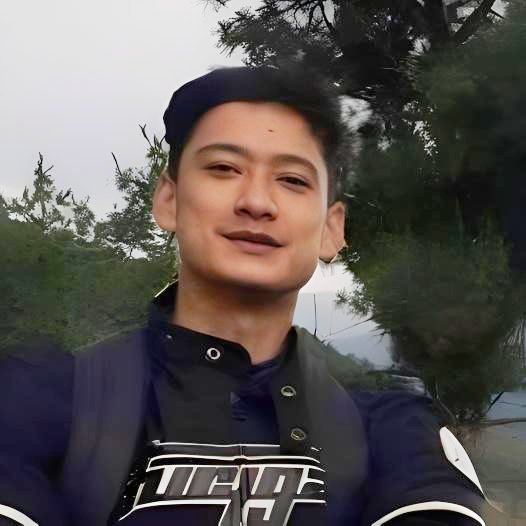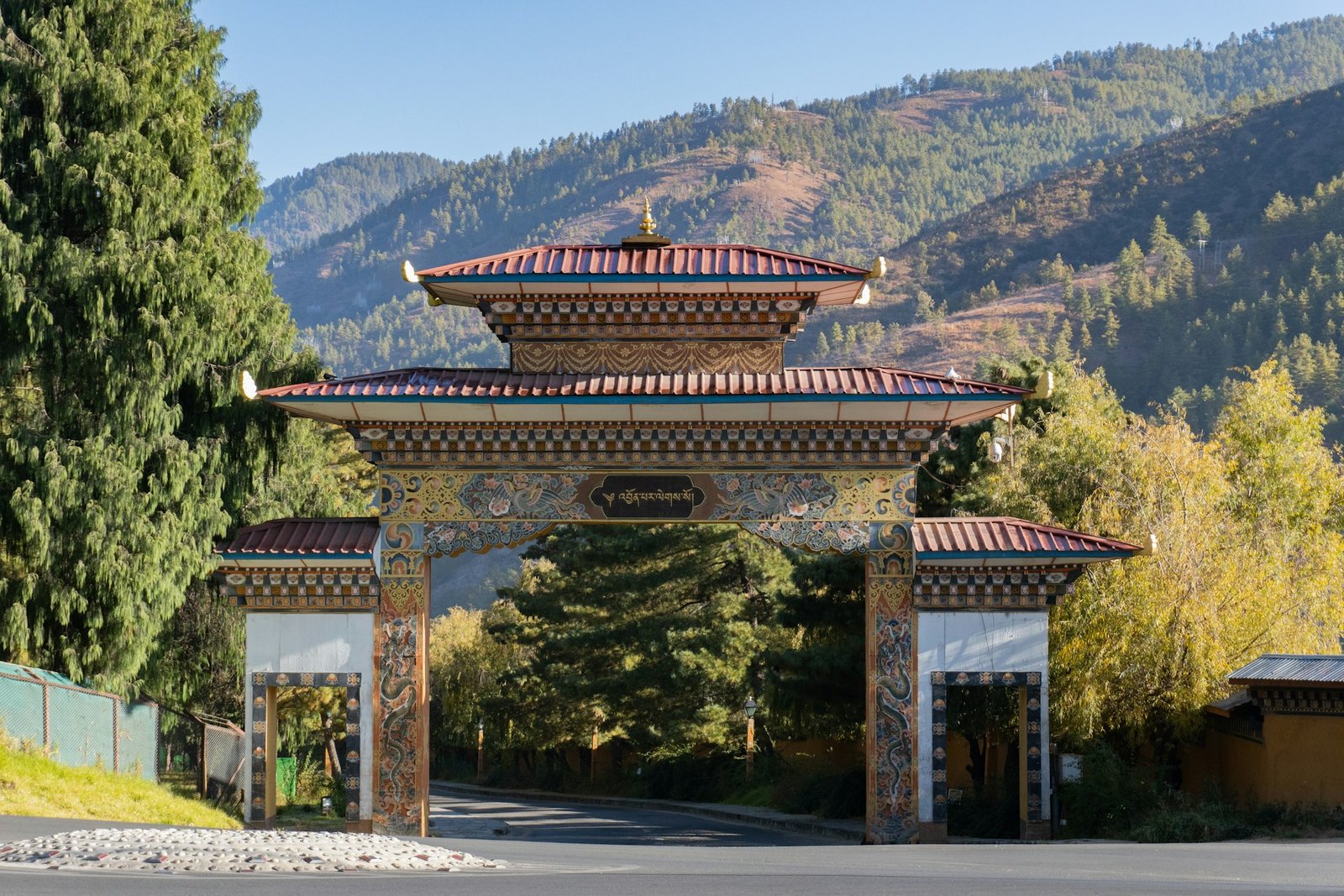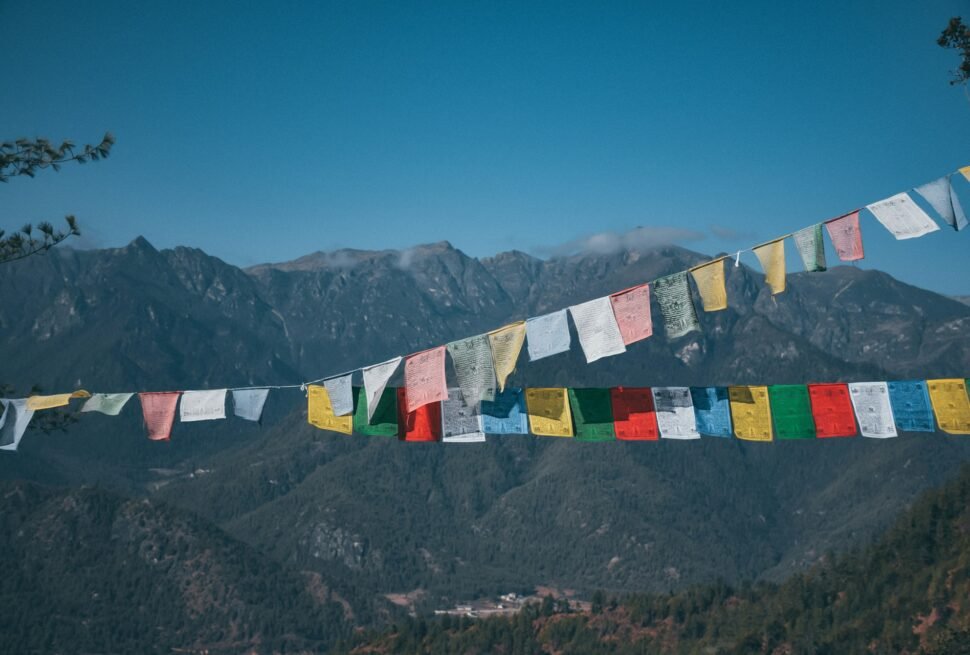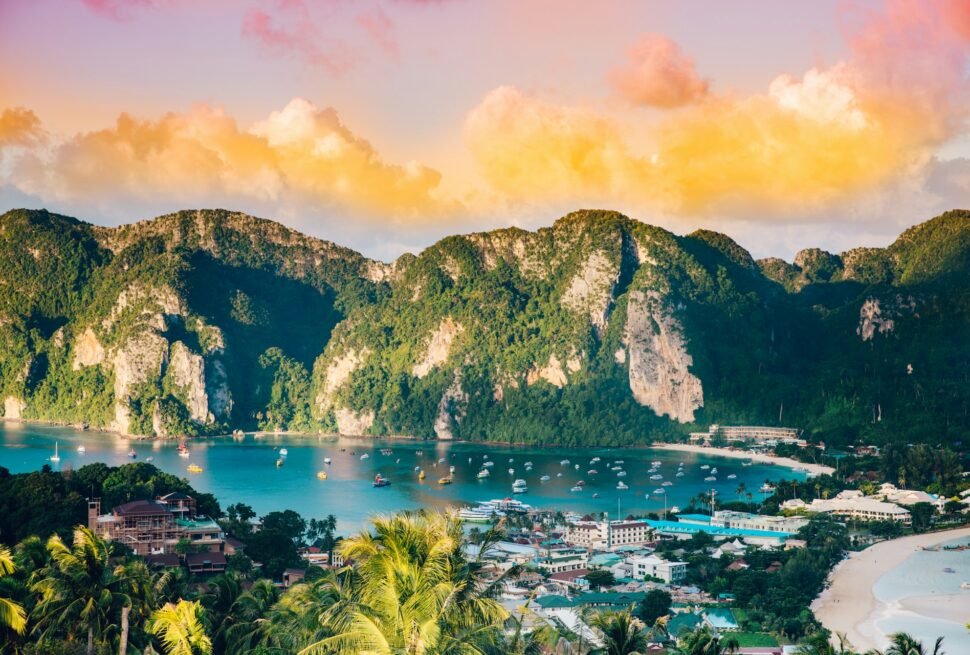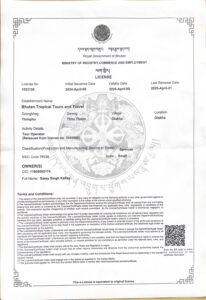Bhutan is unlike any other travel destination in the world. Tucked away in the folds of the Eastern Himalayas, this small kingdom has preserved its rich cultural heritage for centuries. For travelers looking for more than just scenic views, Bhutan offers deep cultural immersion, from ancient monasteries and traditional architecture to spiritual rituals and warm local hospitality.
If you’re seeking meaningful travel that blends exploration with enlightenment, here’s why a cultural trip to Bhutan might be exactly what you need.
Why Choose a Cultural Trip in Bhutan?
Unlike fast-paced tourist destinations, Bhutan invites you to slow down. You’ll walk through ancient dzongs where monks chant in candlelight, witness age-old festivals full of color and symbolism, and share meals with villagers who live in harmony with nature and tradition.
Cultural travel in Bhutan is about experiencing a way of life rooted in spirituality, balance, and respect—values that shape everything from architecture to government policy.
Top Cultural Experiences in Bhutan
1. Visit Majestic Dzongs
Dzongs are fortress-monasteries that serve as administrative and religious centers. With their striking white walls, tiered roofs, and stunning riverfront locations, they are the cultural and architectural heart of Bhutan.
- Must-See Dzongs: Paro Dzong, Punakha Dzong, Trongsa Dzong, Tashichho Dzong (Thimphu)
2. Attend a Traditional Festival (Tshechu)
Bhutan’s tshechus are vibrant religious festivals held annually in different regions. They feature sacred masked dances (Cham), storytelling, music, and social gatherings.
- Famous Festivals: Paro Tshechu, Thimphu Tshechu, Jambay Lhakhang Drup in Bumthang
- Travel Tip: Time your visit with a local festival to witness the Bhutanese spirit in full bloom.
3. Explore Buddhist Monasteries and Temples
Bhutan is deeply rooted in Vajrayana Buddhism. Monasteries are not just places of worship—they’re living cultural centers where monks study, meditate, and uphold ancient traditions.
- Don’t Miss: Tiger’s Nest Monastery (Taktsang), Kyichu Lhakhang, Gangtey Monastery, Chimi Lhakhang (Temple of Fertility)
4. Walk Through Traditional Villages
Bhutanese villages preserve their centuries-old lifestyle. You can stay in farmhouses, help prepare meals, watch traditional weaving, or just enjoy a slower pace of life.
- Suggested Villages: Ura in Bumthang, Gangtey in Phobjikha, Rinchengang near Wangdue
5. Discover Local Arts and Crafts
Bhutanese craftsmanship is world-renowned. From handwoven textiles and wooden masks to paper-making and thangka paintings, each art form tells a story of devotion and identity.
- Where to See: National Institute for Zorig Chusum (Thimphu), Craft markets in Paro and Bumthang, Textile Museum
Cultural Etiquette & Traditions to Know
- Dress Modestly: Shoulders and legs should be covered, especially at temples and dzongs.
- Remove Shoes: Always take off your shoes before entering temples or homes.
- Clockwise Rituals: When walking around a stupa or spinning prayer wheels, always go clockwise.
- Respect Monks & Sacred Objects: Avoid touching monks or religious items, and ask before taking photos.
Best Time for Cultural Tours in Bhutan
The best times for cultural travel are:
- Spring (March to May): Mild weather and blooming rhododendrons.
- Autumn (September to November): Clear skies and major festivals.
- Winter (December to February): Great for photography and peaceful village experiences.
Sample 7-Day Cultural Itinerary
Day 1: Arrival in Paro – visit Paro Dzong and National Museum
Day 2: Hike to Tiger’s Nest Monastery
Day 3: Drive to Thimphu – explore Tashichho Dzong and Buddha Dordenma
Day 4: Visit the School of Arts & Crafts and weekend market
Day 5: Drive to Punakha via Dochula Pass – visit Punakha Dzong
Day 6: Village walk in Gangtey and explore Phobjikha Valley
Day 7: Return to Paro for departure
Final Thoughts: Travel with Meaning
Bhutan is not just a place you see—it’s a culture you feel. A cultural trip here is an invitation to connect with people who live mindfully, honor their ancestors, and find joy in simplicity. It’s a reminder that there’s more to travel than ticking off sights—sometimes, the soul of a destination lies in its traditions.
Whether you’re a history lover, spiritual seeker, or curious traveler, Bhutan’s cultural treasures await with open arms and quiet wisdom.
